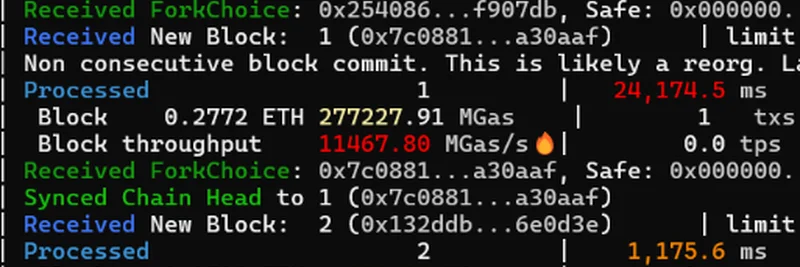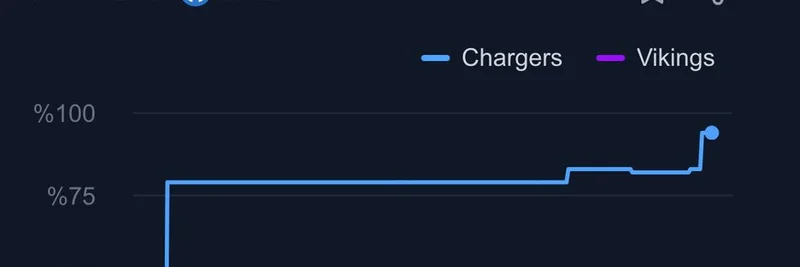In the fast-paced world of crypto, where meme tokens can skyrocket or crash in minutes, a recent thread on X (formerly Twitter) has sparked intense discussion about the future of Initial Creator Markets, or ICM. If you're new to the term, ICM refers to platforms and ecosystems where creators launch their own tokens, essentially tokenizing their personal brands or projects in a way that blends startup equity with community-driven speculation. Think of it as a digital version of Shark Tank, but on blockchain, where anyone can invest early via tokens.
The thread started with a quote from Ben Pasternak (@pasternak), founder of Believe App, who lamented the hype around ICM clashing with traders' ultra-short holding times—often just seconds. Pasternak pointed out that true hype and long-term holding can't coexist in today's speculative environment. But it was the response from Miya (@MiyaHedge) that delivered the real "blackpill"—crypto slang for a harsh, unfiltered truth that shatters illusions.
Miya argues that many ICM projects, including those on platforms like Believe App, have built their foundations on the wrong blockchain infrastructure. Chains like Solana, optimized for high-speed trading and low fees, foster a culture of reflexive speculation: buy, pump, dump, repeat. This leads to ecosystems where projects are seen as quick trades rather than long-term investments. As Miya puts it, "every new project gets treated as just another spin of the wheel."
The Flawed Framework of Token Launches
One key innovation Miya highlights is $launchcoin, which aimed to tokenize everything, giving the "casino" (aka the crypto market) access to private markets. But it was built on a flawed framework and the wrong cultural base. For context, $launchcoin is a token associated with launchpads that enable rapid meme coin deployments, often on Solana. The problem? It's all about speedrunning profits and losses (PnL), not building lasting value.
Miya calls out Believe App specifically for a critical early mistake: framing tokens as non-utility memecoins to sidestep securities regulations. Memecoins are fun, viral tokens like Dogecoin or Shiba Inu, driven by hype and community rather than intrinsic utility. By positioning creator tokens this way, platforms avoid SEC scrutiny but invite a flood of speculative projects lacking alignment with traditional venture capital (VC) interests.
This "RIPVC" narrative—essentially a jab at killing off VCs by democratizing funding—sounds empowering, but Miya sees it as poisoning the well. Once the market views your token as a joke, it's hard to pivot to treating it as a serious equity proxy later on. Why challenge a trillion-dollar VC system head-on when it could lead to misalignment?
The Unaddressed Exit Problem
A major blind spot, according to Miya, is the exit strategy. Real startups aim for acquisition or IPO, where investors cash out big. But if your token was marketed as a memecoin with "no promises, just vibes," holders get left holding the bag when founders exit. Tokens don't automatically tie into those upside events, leaving communities disillusioned.
Miya mentions Meteora as the only project addressing this, likely referring to Meteora DLMM, a Solana-based liquidity protocol that might offer better tokenomics for long-term holds. They also advise against buying $cluely if launched on such platforms—$cluely seems to be an upcoming or hypothetical token tied to clue-based or community projects.
The thread concludes that ICM is "dead (for now)" until these structural issues are fixed. Once someone launches a serious alternative, the "digital Shark Tank" narrative could dominate.
Implications for Meme Token Enthusiasts
For blockchain practitioners and meme token fans, this thread is a wake-up call. Meme coins thrive on virality, but blending them with creator economies requires careful design to avoid regulatory pitfalls and incentive mismatches. Platforms on chains like Solana excel at launches but struggle with retention, while slower chains might encourage conviction holding.
If you're building or investing in meme tokens, consider the chain's culture: Is it a casino or a conviction builder? Tools like decentralized launchpads can democratize access, but without proper framing, they risk becoming just another pump-and-dump scheme.
Replies to the thread echo this sentiment. Some users point to alternatives like Heavendex for better revenue shares, while others remain optimistic that ICM will evolve, perhaps on different chains or with clearer legal structures. Even if utility projects end up treated like memecoins today, the potential for on-chain creator funding is huge.
As we at Meme Insider track these developments, it's clear that the meme token space is maturing. Innovations like ICM could bridge memes and real-world value, but only if builders learn from these blackpills. Stay tuned for more insights on how to navigate this wild ecosystem.


